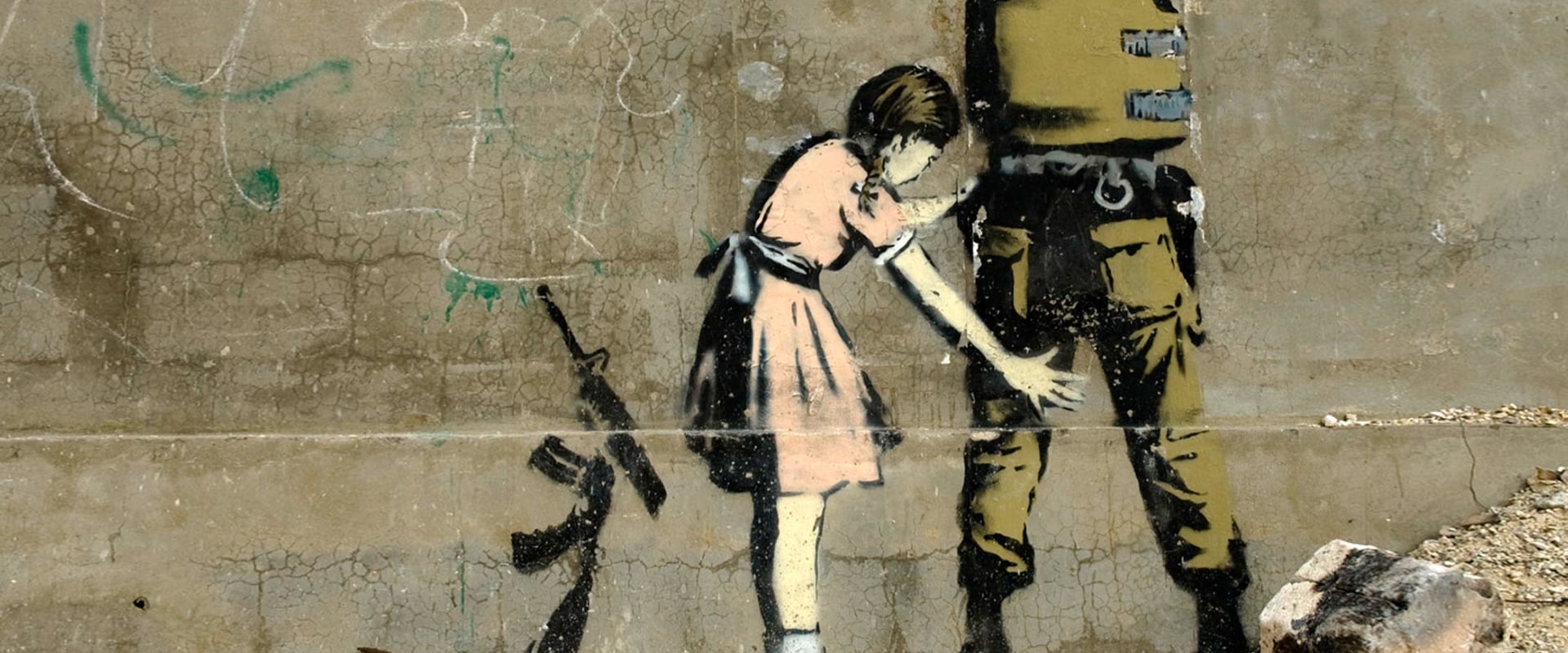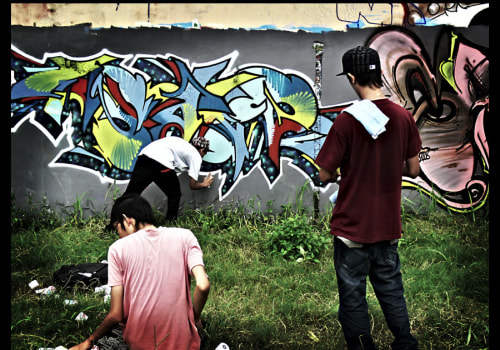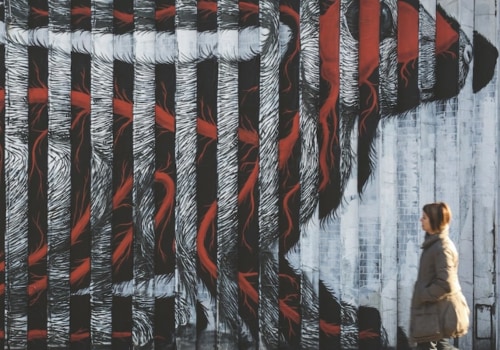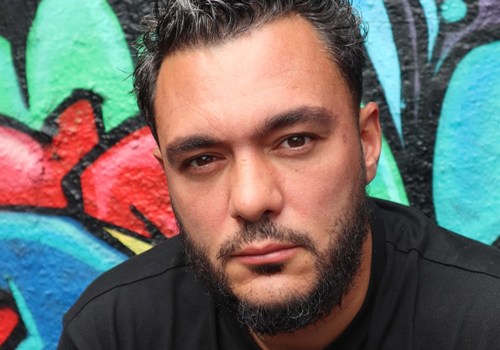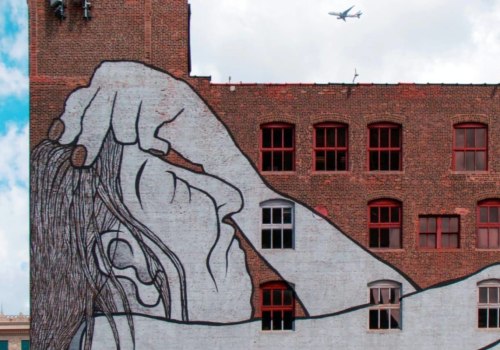Much of what can now be defined as modern street art has well-documented origins dating back to the graffiti boom in New York City, which began in the 1960s, matured in the 1970s and peaked with spray-painted subway murals in the 1980s, centered on the Bronx. There is some debate about where exactly modern graffiti began, but most agree that it became popular in Philadelphia or New York City. It seems that it began at about the same time with similar intentions in both cities and really began to increase in prevalence in the late sixties and seventies. People have used natural surfaces to draw and paint on them since prehistoric times, when handprints and paintings depicting hunting scenes were placed on cave walls to evoke the prosperity and unity of small human communities.
What we now call street art is intrinsically different from the above-mentioned murals and dates back to modern times, to the war of the infamous gangs in New York City in the 1920s and 1930s, when labels with names and primitive graffiti began to appear on the streets that marked the territories controlled by gangs. A similar urban climate helped art murals find their way into urban landscapes in the metropolises of Southern California at about the same time. The well-documented origins of street art come from Philadelphia and especially from New York City. In the 1960s, New York was going through difficult times and was on the verge of bankruptcy.
The vast areas of walled buildings, wastelands, closed factories and construction sites became the canvas of a group of creative children, first in Spanish Harlem, which led to the development of a whole form of art ranging from a simple signature to murals that covered entire subway cars. Technically, street art has existed in various forms since the dawn of man; consider, for example, the cave paintings of the late Paleolithic era, the rock art of Ancient Egypt, or the numerous examples of graffiti documented at archaeological sites in Ancient Rome. Graffiti became very popular in New York during the 1960s, where it was used as a form of political expression and social commentary. By the early 1980s, street art had gained ground as a concept art movement, and its main actors were showing up in major art galleries in New York.
Although street art has become a worldwide phenomenon, the genre had humble beginnings and has great appeal due to its lack of conceptual complexity, its broad subject matter and its aesthetic immediacy. Some of the first expressions of street art were undoubtedly graffiti, which began to appear on the sides of wagons and train walls. Exhibitions soon followed, as well as commercial opportunities, such as Haring's Pop Shop, all of which brought street art to a wider audience. These police efforts, combined with programs designed to “clean up” the city, such as the MTA's Clean Car Program in 1984, make it easy to understand why street art received such a negative reputation for so many years.
Influenced by international artists and by the styles of past Latino gangs, Los Angeles has no shortage of street art installations. There are no rules about what can or cannot be used, which is part of what makes street art so special. Street art is democratic by its very nature; a form of artistic and sociopolitical expression that originally communicated through the urban environment. Since then, this art form has taken hold in the art world and has been validated as a cultural phenomenon, despite the fact that these practices are considered illegal in many cities around the world.
Although territorial and rebellious in nature, street art tends to convey a social or political message that provokes discussions and reactions. In the 1980s, young street artists such as Keith Haring and Jean-Michel Basquiat were rubbing shoulders with famous and more popular artists such as Andy Warhol, and the art world took notice. Thread bombardment, the act of bringing colored knitted or crochet threads or fibers to the streets, is one of the fairly new phenomena in the world of street art. Often fun and thought-provoking, street art encompasses an extremely wide range of interesting topics and techniques that go beyond traditional graffiti and spray painting.
With the rise of artists such as Vhils or BLU, street art became a place for experimenting with different types of methodologies, but without ever renouncing its rebellious position in the face of the hegemonic patterns and structures of popular culture and the reality of the media. Nowadays, street art can be found almost anywhere, but there are still a few urban cities that rank high on the list of the best. Chicano street art draws a lot of inspiration from its Mexican heritage, culture, religion and the common struggles faced by members of the community. .
.
